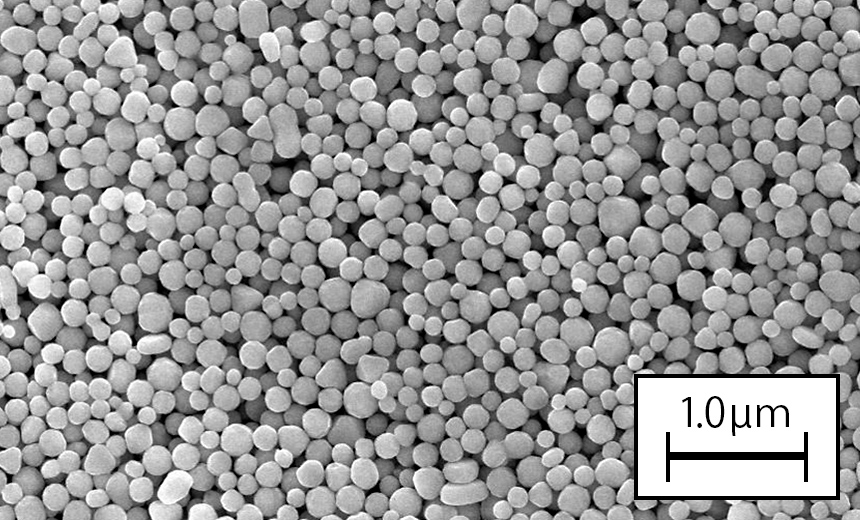Effect of ultrafine grinding technology on biological powders

The application fields of ultrafine grinding technology and equipment for powders are becoming more and more extensive. Due to the rapid development of various industries, the requirements for the physical and chemical properties of powders such as particle size are getting higher and higher. Powders that meet the required physical properties can often be Bring better experience and added value to the product. Ultrafine grinding technology was developed to adapt to the development of modern high-tech, and is widely used in food, traditional Chinese medicine and other processing fields.
Ultrafine grinding technology
Ultrafine grinding technology originated in the 1970s. It refers to a new processing technology that uses mechanical processing methods such as impact, collision, shearing, grinding, dispersion, classification, and surface coating to crush materials to the micron level; specifically, it refers to the use of machinery Or the operating technology of using fluid power to overcome the internal cohesion of solids and crush 0.5-5mm materials into ultra-fine powders with a diameter of less than 10μm.
Types of ultrafine grinding technology
At present, there are two types of micronization technologies: physical crushing method and chemical synthesis method. Physical pulverization methods include solid phase method, liquid phase method and gas phase method. They mainly rely on the mechanical action of commonly used equipment such as ball mills, impact pulverizers, jet pulverizers and high-frequency vibration ultra-fine pulverizers, or use high pressure, high speed The energy of the air flow causes the material particles to produce violent impact, collision and friction forces with each other, thereby crushing the material. This method has low cost and high output, and is the main means of preparing ultrafine powder. The chemical synthesis method uses molecules, ions, and atoms to further synthesize micron-sized, sub-micron-sized or even nano-sized powders. However, the output is low, the processing cost is high, and the application range is narrow.
The principle of ultrafine grinding
For ultrafine grinding of Chinese medicinal materials and health foods, it mainly refers to cell-level ultrafine grinding (referred to as cell wall breaking). Cell breaking refers to the crushing operation for the purpose of breaking the cell walls of plant materials.
Ultrafine grinding is based on the principle of micron technology. With the ultra-micronization of substances, their surface molecular arrangement, electron distribution structure and crystal structure all change, resulting in surface effects, small size effects, quantum effects and macroscopic quantum tunneling effects that bulk (granular) materials do not have, thus making Compared with macroscopic particles, ultrafine products have a series of excellent physical, chemical and surface interface properties.
Effect of ultrafine grinding technology on biological powders
Ultrafine pulverization technology processes raw materials into ultrafine powders through impact, collision, grinding and other means of materials, so that their physical and chemical properties and structural functions have certain changes, including the high particle size of the powder raw materials. Accuracy grading and surface activity changes.
(1) The impact of ultrafine grinding on the extraction of active ingredients from powder: improving the dissolution rate of active ingredients, nutrients, trace elements and other ingredients of raw materials. By comparing the dissolution rates of Astragalus fine powder and ultrafine powder by in vitro dissolution method, it was found that the dissolution of Astragalus polysaccharide is closely related to the particle size of the powder; the impact of ultrafine grinding technology on the active ingredients of Rhodiola rosea, Ganoderma lucidum and other raw materials was also studied.
(2) The effect of ultrafine grinding on the bioavailability of powder: increasing digestion and absorption in the body, improving bioavailability, and improving product utilization. Ultrafine pulverization technology can retain the bioactive components of powder particles.
(3) The impact of ultrafine grinding on powder processing characteristics: it improves the processing characteristics of raw materials, increases material utilization, and saves resources. Research shows that ultra-fine grinding can significantly improve its high-temperature water-holding capacity, transparency, and settling performance while reducing the particle size.
